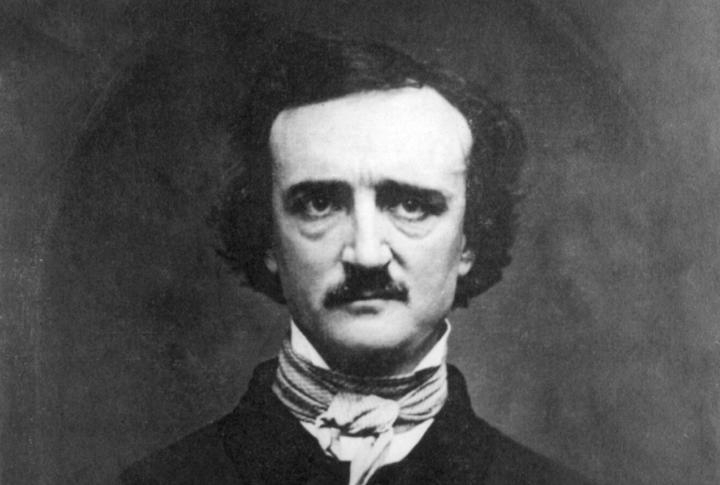
Edgar Allan Poe, renowned for his mastery of gothic literature, lived a life as haunting as his stories. Known for his chilling tales and poems, he shaped modern detective fiction and explored the human mind like no other. Here are 20 insights into the life of this gothic genius.
Tragedy Defined Poe’s Childhood

Born into hardship, Edgar Allan Poe became an orphan by age three. His parents’ passing left a lasting impact on his life, shaping his work with themes of loss and abandonment. Taken in by the Allan family, his unstable upbringing also influenced the dark themes found in his work.
A New Path For Short Stories
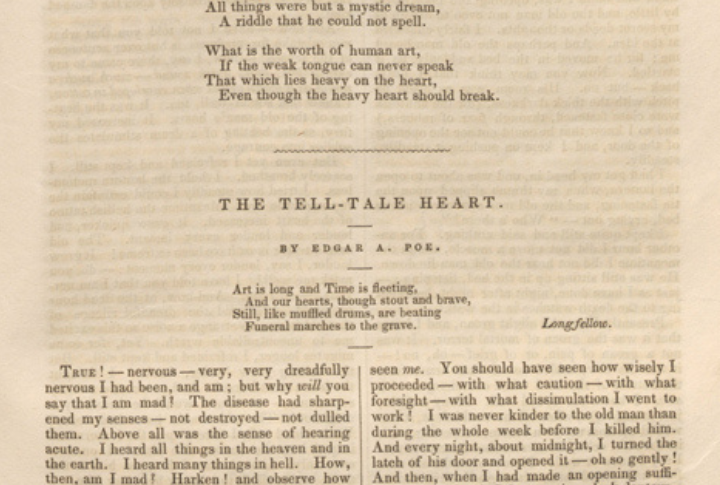
Poe believed that every element should contribute to a single emotional impact. With tales like “The Tell-Tale Heart,” he argued that a successful short story requires deliberate crafting to achieve this effect. His approach to storytelling turned short fiction into a respected art form in American literature.
The Birth Of Detective Fiction

With “The Murders in the Rue Morgue,” He invented the modern detective story. Auguste Dupin, a Parisian investigator known for his unparalleled analytical reasoning, set the standard for future literary sleuths. Poe’s influence can still be seen in iconic characters like Sherlock Holmes.
A Controversial Marriage

At 27, Poe controversially married his younger cousin, Virginia Clemm, a relationship often criticized. Though it reportedly provided stability, her tragic demise from tuberculosis deeply impacted him, leaving a lasting mark on his life and inspiring some of his most haunting works.
His Fascination With Puzzles

Cryptography inspired Poe to incorporate ciphers and challenges into his writings. He even encouraged readers to send him coded messages, many of which he solved. One example is from his 1843 short story “The Gold Bug,” which describes solving a monoalphabetic substitution cipher detailedly.
Money Troubles Followed Him

Fame didn’t equal fortune for Poe, as he frequently found it challenging to make a living despite his literary success. For his iconic poem “The Raven,” published in 1845, Poe earned only $9. In 1842, facing mounting debts, he filed for bankruptcy and declared himself “possessed of no Property, real, personal or mixed.”
A Secret Army Career
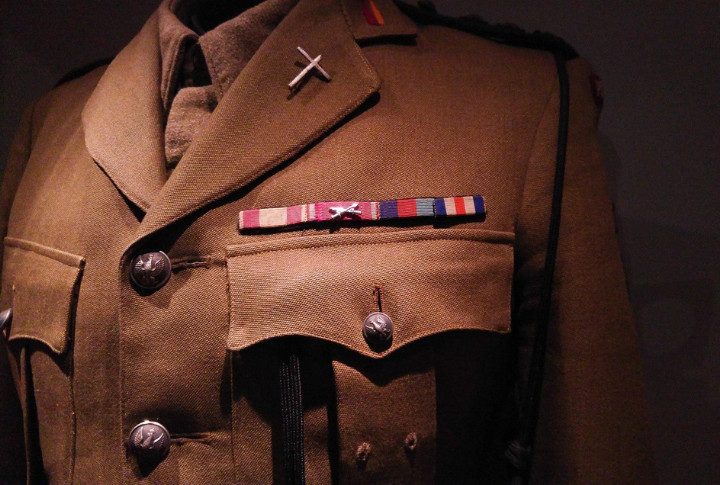
Under the name “Edgar A. Perry,” Poe enlisted in the U.S. Army. He served at Fort Independence in Boston Harbor and later at Fort Moultrie in South Carolina. Rising to the rank of sergeant major, this experience gave him a unique perspective on discipline and hierarchy.
Exploring The Human Mind
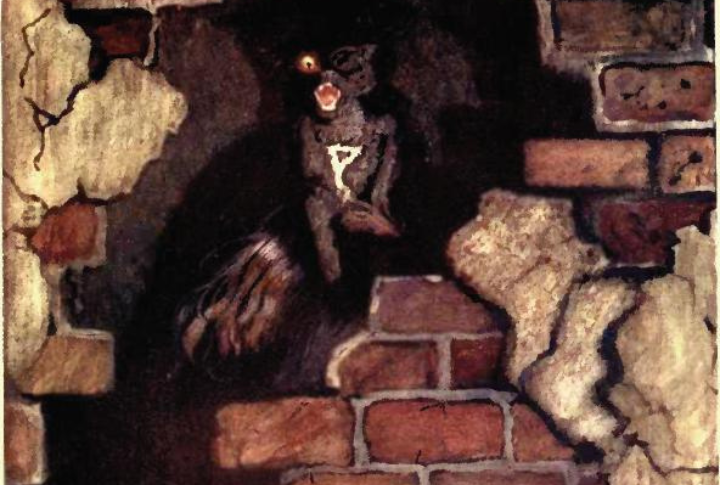
Poe’s exploration of the human psyche in stories explored themes of madness and fear. It anticipated concepts that would later be central to modern psychology. For instance, “The Black Cat” features a narrator whose descent into drinking and subsequent maltreatment of his pet culminates in heinous acts.
His Connection With Cats

His affinity for cats significantly influenced his life and work. His beloved cat, Catarina, often accompanied him during his writing sessions, sometimes perching on his shoulder as he penned his tales. Catarina also comforted Poe’s wife, Virginia, by lying on her chest during her battle with tuberculosis.
Hoaxes Were His Specialty
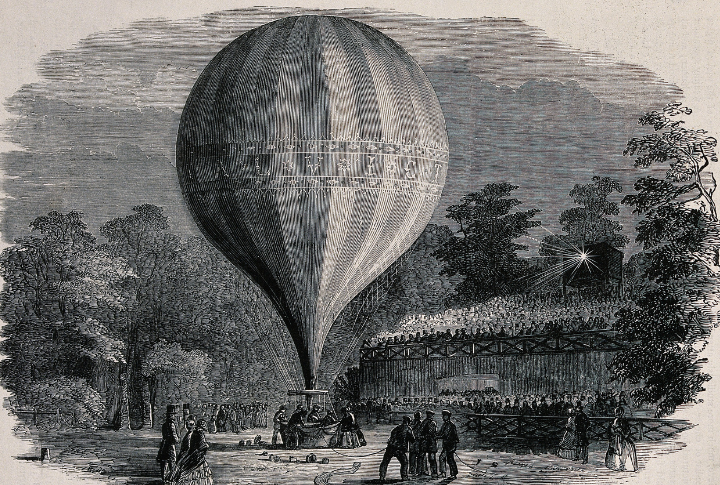
Poe had a talent for creating believable hoaxes. His story “The Balloon Hoax” detailed an alleged transatlantic journey by European balloonist Monck Mason, who claimed he had crossed the Atlantic Ocean in a gas balloon in just 75 hours. He can captivate audiences beyond traditional fiction.
Feuds And Controversies

Literary feuds were not just a part of Poe’s life; they were a defining aspect. His public accusation of plagiarism against Henry Wadsworth Longfellow, known as the “Longfellow War,” is a prime example. These bold critiques of other writers earned him a reputation as brilliant and combative.
Early Science Fiction Ideas
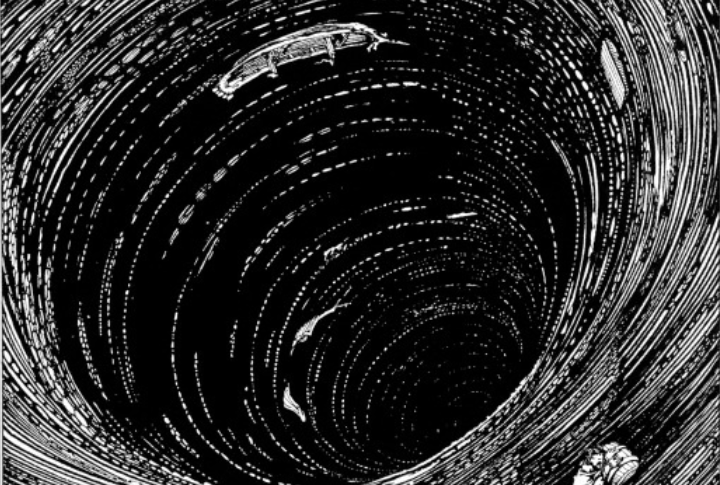
Poe explored science fiction with works like “A Descent into the Maelström” (1841). He blended adventure with scientific observation, narrating a man’s survival from a massive whirlpool by applying rational analysis. This tale exemplifies Poe’s interest in the human capacity to confront natural forces through intellect.
A Curious Coin Collector
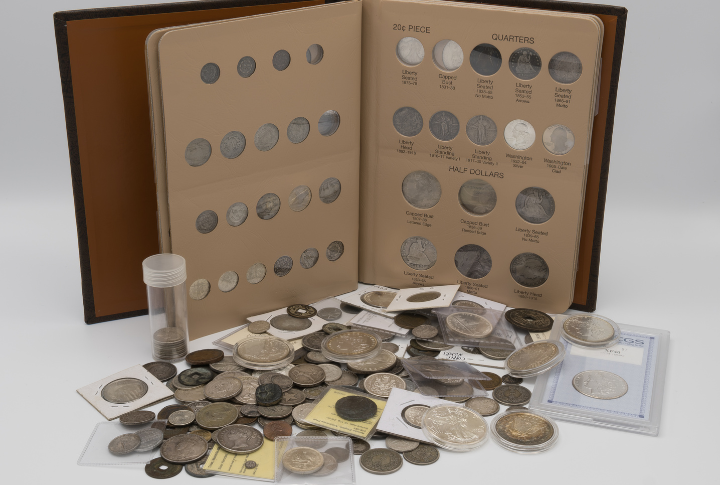
Edgar Allan Poe had an unexpected hobby—collecting rare coins. This fascination for antique currency gave him a tactile connection to history, which occasionally found its way into his writings. His interest in the detail and symbolism of coins mirrored his precision in crafting layered narratives.
A Forgotten Career In Editing
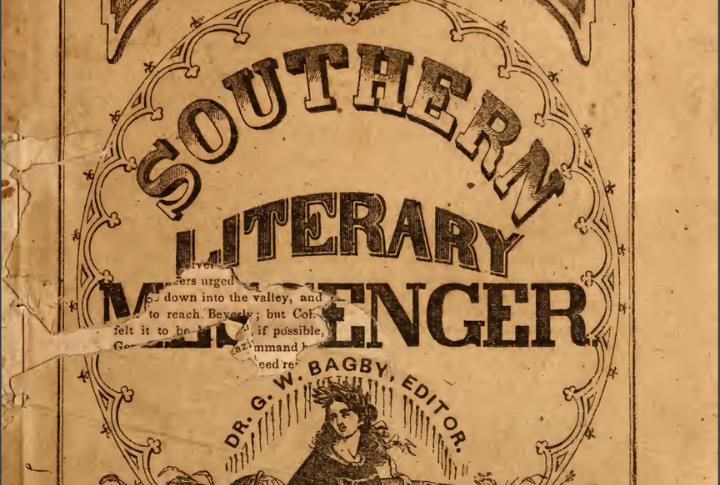
Before earning fame as an author, Poe built a reputation as a meticulous and sharp-witted editor. He worked for various literary journals, including The Southern Literary Messenger and Graham’s Magazine, where he claimed to have increased its circulation from 700 to 3,500 subscribers.
Dreams Of A Literary Magazine
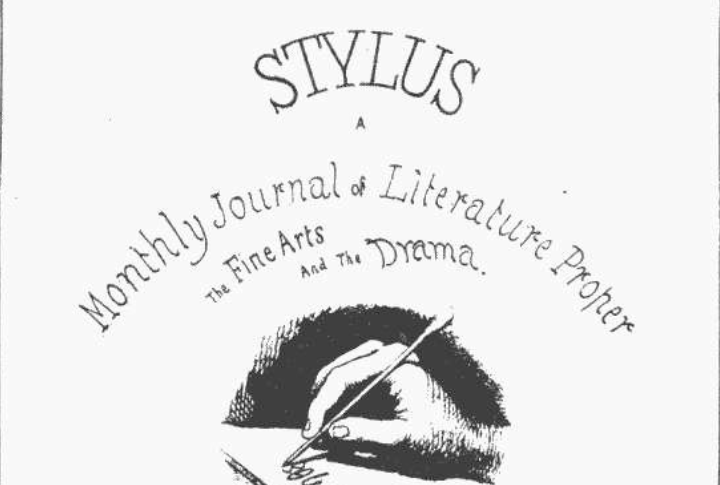
Edgar Allan Poe aspired to establish a literary magazine named The Stylus, aiming to raise American literature’s standards. Despite his efforts, including issuing a prospectus in 1843, he could not secure sufficient financial backing, and the publication never materialized.
His Penchant For Satire
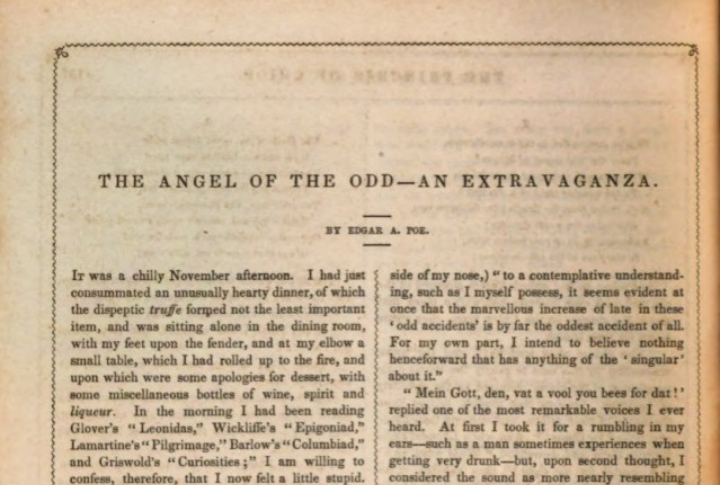
While Poe is celebrated for his dark and gothic tales, he also has a sharp sense of humor. “In The Angel of the Odd” (1844), he used satire to poke fun at humanity’s penchant for believing the absurd. This humorous, whimsical story highlights a rarely seen, lighthearted side of Poe’s literary creativity.
His Stories Continue To Inspire
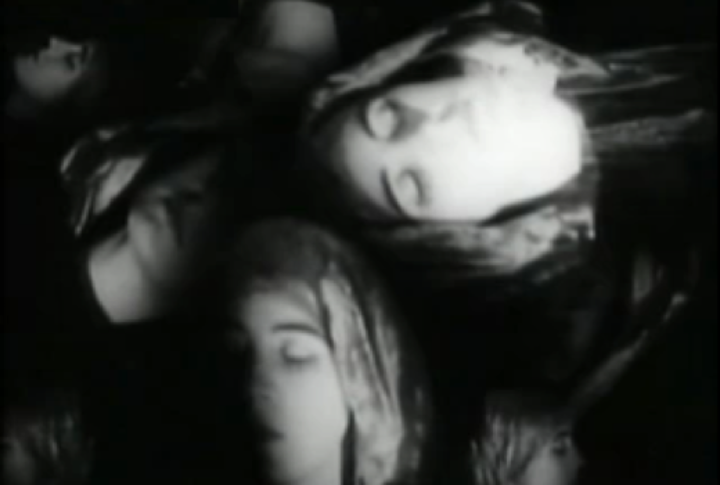
His works have inspired numerous adaptations across various media. For instance, the 1960 film “House of Usher” brought Poe’s gothic horror to the screen. Additionally, the 1976 album “Tales of Mystery and Imagination” features tracks like “The Raven,” which were directly inspired by Poe’s poetry.
Fascination With Interior Design
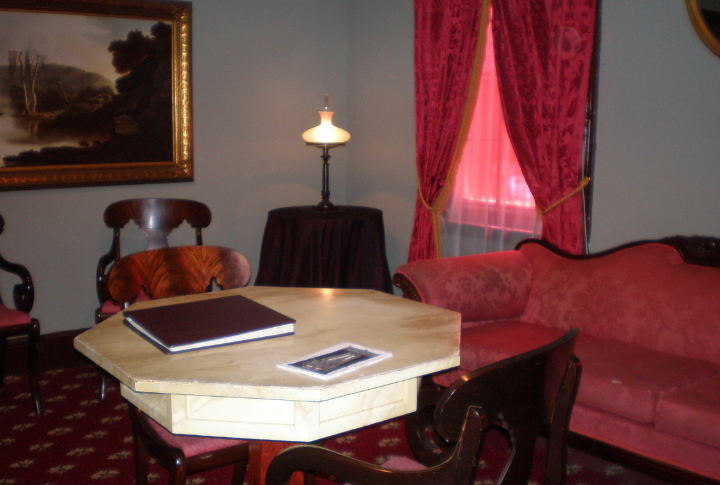
Among Poe’s lesser-known passions was his interest in interior design, which he explored in his 1840 essay, “The Philosophy of Furniture.” In it, he critiqued American home décor and argued for the importance of harmony and aesthetic balance in interior spaces. Poe stressed the thoughtful use of colors and patterns.
The Rival Who Smeared His Legacy
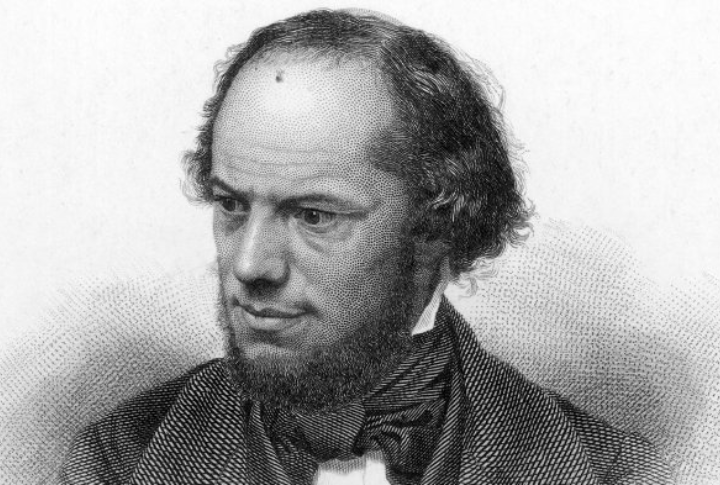
Rufus Wilmot Griswold, a literary rival of Edgar Allan Poe, significantly damaged Poe’s posthumous reputation. Following Poe’s demise in 1849, Griswold published an obituary under the pseudonym “Ludwig” in the New York Tribune that portrayed Poe as a deranged madman.
The Mystery Of His Demise

Poe’s final days remain shrouded in uncertainty. Found delirious on a Baltimore street in strange clothes, he passed on October 7, 1849, after days of incoherence. Theories about his demise include brain tumors and even rabies. The exact cause remains unknown. All these added to the mystery of his life.
